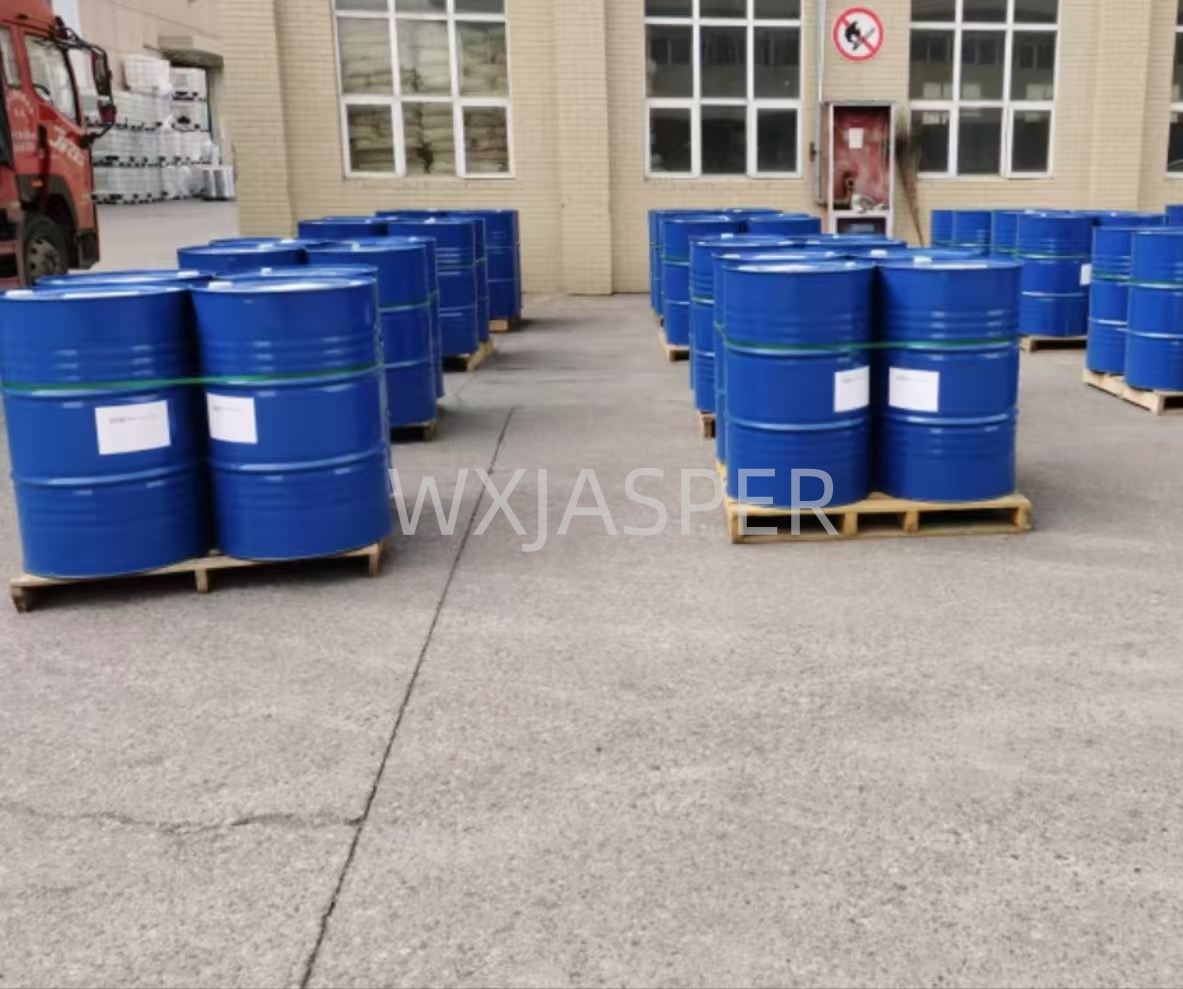Your Location:Home > Products > Solvents > Methyl acetoacetate



CasNo: 105-45-3
MF: C5H8O3
Appearance: liquid
Delivery Time: 15 days
Packing: 200kg/drum
Purity: 99%
Basic Information
|
Model NO. |
105-45-3 |
EINECS |
203-299-8 |
|
Color |
Colorless |
Appearance |
Liquid |
|
Sample |
Available |
Purity |
99% |
|
Grade Standard |
Industrial Grade |
Specification |
200kg/drum |
|
Transport Package |
Drum |
Origin |
China |
Product Description
Product Name:Methyl acetoacetate
CAS No: 105-45-3
EINECS No.:203-299-8
Form: Liquid
Product Application
Pharmaceuticals
Key intermediate for synthesizing pharmaceuticals (e.g., cholesterol-lowering drugs, vitamins like B1 and B6).
Agrochemicals
Important building block for pesticides and herbicides.
Dyes & Pigments
Used in the production of organic pigments and dyes.
Flavors & Fragrances
Serves as a precursor for fruit flavor compounds (e.g., strawberry, apple).
Chemical Synthesis
Versatile reagent (acetoacetylation) and a precursor for heterocyclic compounds.
Packaging
200Kg/drum
Storage
It should be stored in a cool, well - ventilated warehouse, away from fire sources and heat. It should be stored according to the regulations for flammable and toxic chemicals. Avoid exposure to sunlight and high temperatures, and keep it away from oxidizing agents and alkaline substances to prevent chemical reactions.